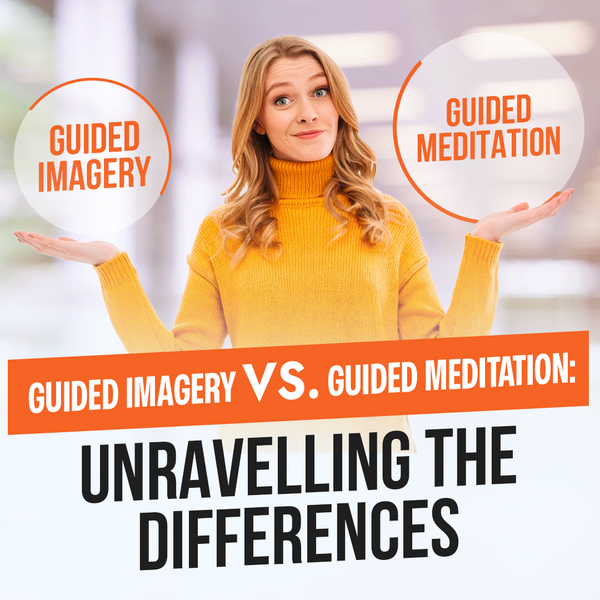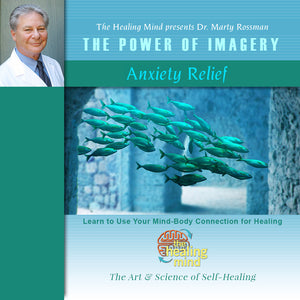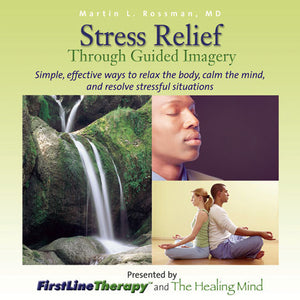In the realm of mind-body wellness practices, terms like guided imagery and guided meditation often pop up. They are both powerful techniques used to promote relaxation, reduce stress, and foster positive changes in mind and body. But what is the difference between these two practices? Let's delve deeper into understanding the nuances that distinguish them.
What is Guided Imagery?
Guided imagery involves the conscious use of the imagination to either direct the unconscious mind, or to explore its wisdom in understanding symptoms, health issues, or life problems. This technique uses all five senses – sight, sound, taste, smell, and touch – to engage your mind and body in an immersive mental experience. The goal of guided imagery is to harness the power of the mind-body connection. When you imagine a calm, peaceful place, your body often responds as though you're actually there – you might feel more relaxed, your heart rate may slow, and your breath may become deeper. These physiological responses can help manage stress, reduce anxiety, improve sleep, and even enhance the body's natural healing processes. Guided Imagery can also connect you to the hidden knowledge and inner wisdom of your unconscious mind.
What is Guided Meditation?
Guided meditation, on the other hand, is a meditative practice that uses spoken instructions to guide the practitioner into a state of deep relaxation and mental clarity. A guide, which can be a teacher, audio recording, or even a video, provides step-by-step instructions on how to meditate. Guided meditation often involves focusing on the breath, observing thoughts without judgment, and cultivating a sense of awareness and presence. It's a practice that, like guided imagery, can reduce stress and anxiety, enhance emotional health, and improve attention and self-awareness.
Key Differences Between Guided Imagery and Guided Meditation
While both practices share similarities, such as promoting relaxation and reducing stress, they differ in their approach, purpose, and technique.
- Focus of Practice: Meditation tends to focus on a single point of awareness, be it a word (mantra), breath, or image, to tether the wandering mind, give it a rest, and allow peacefulness to emerge. Guided imagery can be used as a focus of meditation, but can also be used to set goals, relieve pain, stimulate healing responses in the body, and learn new ways to solve problems. Guided imagery practices are more active and engage the mind in a more directed way.
- Purpose: While both practices aim to promote relaxation and reduce stress, guided imagery is often used for more specific purposes, like pain management, preparing for a performance or event, or fostering healing. Guided meditation, on the other hand, is typically used to cultivate mindfulness, presence, and inner peace.
In conclusion, guided imagery and guided meditation are both powerful practices that can support your overall wellness. However, they can differ in their approach, focus, and techniques. Choosing which practice is right for you depends on your personal preferences, goals, and needs. You might even find that a combination of both practices suits you best. As always, it's important to explore different techniques and find what resonates with you. After all, the journey to wellness is a deeply personal one, and there's no one-size-fits-all approach. So, whether it's guided imagery, guided meditation, or a blend of both, may your exploration lead you to greater peace, relaxation, and wellness.




